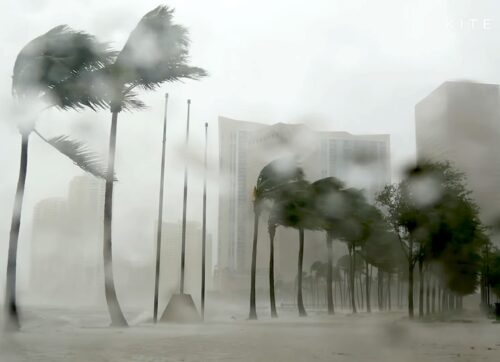by N. Chatterjee, May 12, 2025 in ClimateChangeDispatch
American energy sector is on the cusp of a tectonic transformation.
This week, members of the House Committee on Natural Resources heard testimony on the vast potential of geothermal energy as “a new era of American energy — built with American innovation, American technology and American workers,” as one witness put it. [emphasis, links added]
Chris Wright, President Donald Trump’s new energy secretary, has fervently endorsed geothermal as a way to “energize our country,” and a March study found that geothermal could meet roughly two-thirds of the voracious energy demands of AI datacenters by the early 2030s.
Even right here in New York City, new residential and office developments underway in Greenpoint, Coney Island, and Manhattan are being built to rely significantly on this power source.
Geothermal has the potential to be the Holy Grail of energy: unlimited and right under our feet.
But there’s a problem. Geothermal is expensive because it’s difficult to access … until now.
Today, American innovators are supercharging the geothermal energy revolution with directional drilling and hydraulic fracturing, the same technologies that delivered the miracle of American shale.
…


